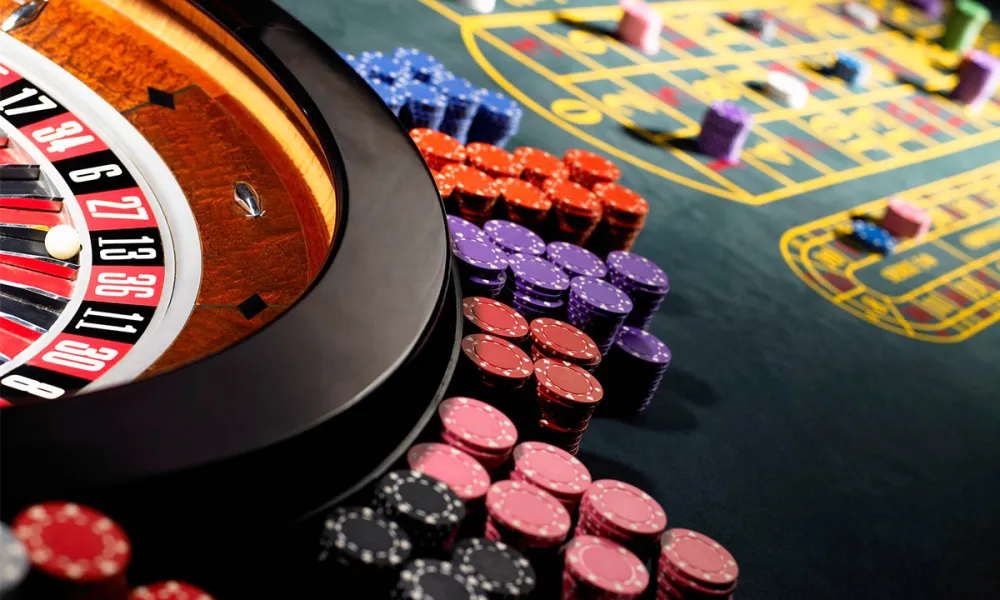
Optimal bluffing frequency represents poker’s most essential strategic elements, creating the delicate balance between aggression and restraint that defines winning play. While many players approach bluffing based on intuition or emotion, elite players calculate precise bluffing ratios based on mathematical principles and contextual factors that maximize expected value over time. Using mpo888, players can develop advanced bluffing techniques in a setting where physical tells are absent, making the game more about strategy. Finding the perfect bluffing frequency involves analyzing multiple variables simultaneously rather than following simplistic guidelines. This nuanced approach transforms bluffing from guesswork into a calculated strategic weapon that exploits opponent tendencies while remaining mathematically sound.
Game theory principles
- Risk-reward ratio – The relationship between the amount risked when bluffing versus the pot size determines the minimum success rate required for profitability. Larger bets need to work less frequently than smaller ones when measured as a percentage of success rate.
- Bluff-to-value ratio – Game theory optimal play requires maintaining specific ratios between bluffs and value bets with similar sizing to remain unexploitable. Deviating from these ratios makes your strategy vulnerable to counter-adjustments from observant opponents.
- Blockers and card removal – Holding cards that reduce the likelihood of your opponent’s strong hands increases the optimal bluffing frequency. For example, having the ace of hearts in hand reduces the chance your opponent holds flush combinations when hearts appear on the board.
- Board texture considerations – Certain board configurations support higher bluffing frequencies based on the distribution of possible hands across typical ranges. Coordinated boards with many potential draws justify more frequent bluffing than static, disconnected textures.
These mathematical principles provide the foundation for calculating theoretically correct bluffing frequencies in various scenarios, creating a baseline for making practical adjustments.
Table dynamics
Your recent table image dramatically impacts optimal bluffing frequency, with tight perceptions allowing more successful bluffs, while loose images require compensation through decreased bluffing. This dynamic relationship makes bluffing frequencies a constantly moving target rather than static percentages. Previous hands against specific opponents carry particular weight in determining current bluffing opportunities. Getting caught bluffing often creates excellent conditions for value betting with strong hands, while showing down multiple strong hands in succession creates ideal bluffing opportunities as opponents adjust to expect continued strength.
Opponent tendencies
- Against calling stations that rarely fold once committed, bluffing frequency should decrease dramatically regardless of theoretical optimality.
- Versus observant, thinking players, maintaining theoretically sound bluffing frequencies becomes more critical to avoid exploitation.
- When facing multiple recreational players in the same pot, bluffing frequency should generally decrease due to the increased likelihood that at least one player will call regardless of their hand strength.
- Against opponents playing highly defensively, bluffing frequency should increase well beyond theoretical optimums to exploit their excessive folding tendencies.
- With opponents who employ “soul-reading” behaviours and pride themselves on making hero calls, strategic adjustments should include fewer marginal bluffs while maintaining some thin value bets they might misread as bluffs.
These opponent-specific adjustments bridge theoretically optimal strategies and maximally exploitative approaches that generate higher win rates against particular player types.
Stack depth considerations
Stack-to-pot ratios fundamentally alter optimal bluffing frequencies across all game variants. Deep stacks increase bluffing viability in carefully selected spots due to the larger threat of future street betting, while shallow stacks reduce the effectiveness of many bluffing opportunities. The leverage effect of position magnifies as stacks deepen, creating situations where positional bluffing frequencies can increase exponentially with properly calibrated sizing. This effect explains why professional players frequently employ different bluffing strategies based not just on position but on the interaction between position and current stack depths.





More Stories
How does playing position affect comfort in mobile online slot games?
Fascinating journey of slot machines from mechanical to digital formats
High-roller slot games – Features for big spenders